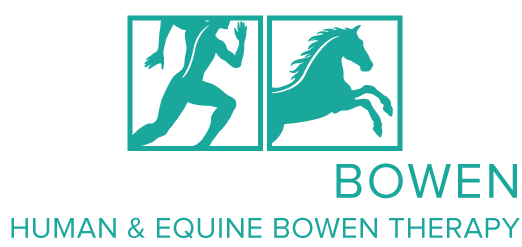Maintaining a strong body core is important at any age; balance, posture and back health have been linked to core strength.
While there are numerous factors why someone might experience back pain, having weak core muscles can increase your risk of getting a sore back.
So what are the core muscles?
Many people mistakenly think that their “abs” or abdominal muscles are the only core muscles.
In fact, the core muscle group includes all of the muscles that are located in your torso that keep the body stable and balanced. It makes sense when you think about it; it takes many different muscles working together to keep your body well-aligned during different daily activities.
Your core muscles can be split into two types of muscles: stabilizers and movers.
- The stabilizer muscles attach directly to the spine and support its movement.
- The movers are the muscles that support the stabilizer muscles and work with them to move your body.
All of these muscles work together to support and move the body safely. Core muscles provide a great base of support, allowing you to move your body to do everyday tasks and participate in physical activity. Think of simple everyday tasks such as picking up a bag of shopping, or putting something on the top shelf in the kitchen. Your core muscles contract to hold the body and support the spine. If you don’t or can’t utilise the core muscles to support your upper body, you will either falter under the weight of whatever you are lifting or put additional pressure on the spine.
Due to many of us having increasingly sedentary lifestyles, e.g spending more time sat at desks, in vehicles and in front of the TV, this means we are spending more time with our core muscles relaxed
How can I improve my core strength?
A basic starting point for improving your core is to just become more aware of your posture and try to improve it. Ask yourself 'Am I slouching?', 'Am I standing tall?', 'Do I stand with my weight to one side?'.
When starting to work on improving your core strength, make sure you begin safely. Consult your doctor to see if you are ready to be active; find out what you can do that is safe for you and your body. Begin slowly and consult a certified exercise professional if you are unsure about how to begin your new exercise routine.
It is always best to consult a trained professional when starting a new exercise regime as you could be doing more harm than good if you are not using your body in the correct way.
Group classes are also an option such a Pilates however it is important to do your research and fine a class that is small enough for the instructor to monitor you and correct you if you are perform =ing any of the exercises incorrectly.

